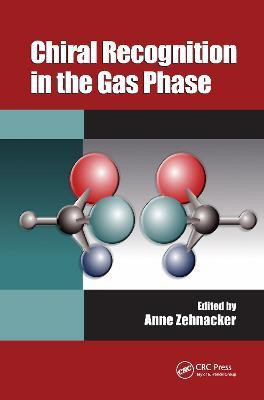Chiral Recognition in the Gas Phase(English, Hardcover, unknown)
Quick Overview
Product Price Comparison
Understanding the molecular interactions responsible for chiral recognition is of primary importance in life chemistry. Gas-phase experiments on either neutral or ionic adducts of chiral molecules allow for the study of intrinsic properties of chiral recognition in solvent-free conditions. With contributions from a panel of international experts exploring a variety of subjects, Chiral Recognition in the Gas Phase describes the structural and energetic aspects of these interactions. Optical spectroscopy The first part of the book focuses on optical spectroscopy in jet-cooled conditions in neutral chiral molecules and complexes. The spectroscopic methods range from microwave, IR, and UV spectroscopy to circular dichroism effects in photoelectron spectroscopy. The book also discusses issues related to the homochirality of life. Mass spectrometry The second section describes mass spectrometry approaches to chiral recognition in ionic complexes. These approaches encompass the study of the stability of supramolecular chiral host-guest adducts, the study of chiral catalysts and chiral selectors, the use of small DNA sequences as auxiliaries for discriminating the enantiomers of amino-acids, and the probe of the chirality of a single amino acid within a peptide chain. Chiral recognition on a molecular level is essential for the rational design of chiral separation media and for understanding the fundamental interactions between biological molecules. It is especially important in all of the life chemistries, particularly in pharmacology, due to the differences in behavior between the enantiomers of a chiral molecule embedded in a chiral surrounding. This volume cogently and comprehensively describes the state-of-the-art work that has been devoted to understanding of the forces at play in chiral recognition.


